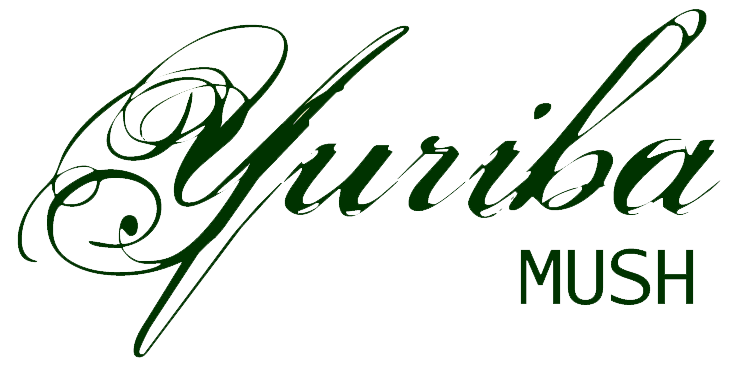Local cuisine
Yuriba is filled with many fine chefs, but even the most inexperienced cook can make many fine dishes with the wide variety of ingredients that can be found on the island. Local cuisine would be that that relies primarily on non-imported ingredients and traditional techniques.
Contents |
Staples
The local climate on the island is too harsh and too little area is available for cultivation for rice to become the main starch on Yuriba, although rice, particularly brown varieties are common enough to be regularly included in meals. Taro flourishes in the forests and is the primary native starch. One of the first lessons taught to new arrivals who wish to work with local ingredients is the proper preparation of the root to make it edible.
Protein
Venison from Chic Deer is the main local red meat, the protein it supplies supplemented by the Yuriban Wood Hog, a species that roams the deeper parts of the forest. The hog is scarcely seen with the expansion of the population into the northern parts of the island. Hunting the hog is difficult, requiring a group of hunters to work together to herd the hog into a trap. Both the local venison and hog are popular served grilled over open flame, or roasted on a spit. With the influx of immigrants, there has been a slight concern among the long-time residents and locals about over-hunting of these two food sources. Smaller game animals, such as rabbits or the Stone Sitters are also hunted for food, as are other native ruminants such as the Red Burr Goat as well as the Omertà Sheep.
Many local cooks praise the Yuriban Game Hen for the tender flesh of the mature bird, and the incredible variety of ways in which it can be prepared. The eggs of the bird are also quite tasty in their own right. The Tawny-Breasted Duck is occasionally prepared as a delicacy, but it is a fairly elusive fowl, and as such it is rare for duck to be served. It is said that this breed of duck is best prepared with leek.
Seafood
Due to the fact that Yuriba is an island, seafood is necessarily of large importance to locals. While some species, like the Seraph Salmon are off-limits for eating, there still remain a large number of aquatic species that are safe for consumption. Generally, before eating fish, they are placed into a holding tank that also contains a Seraph Salmon, to help ensure that the fish is safe to eat. Octopus and squid are considered delicacies by the natives. Fishing in small boats in the surrounding ocean is common, particularly off of Maboroshi. Mussels can be gathered on most local beaches in the right conditions.
Fruits
Most fruit on Yuriba is eaten fresh, dried, or occasionally baked. Particularly popular are for drying and preservation are the Sun Berry and Dream Dates, while popular fresh fruits also include the Powder Grapefruit and Passionberries.
Vegetables
Vegetables common on the island and in local cooking include adzuki beans, cassava, cucumber, daikon, garlic, leeks, several varieties of mushroom, radishes, soybeans, and spinach. Salads are a common component of Yuriban meals in the growing months, with pickled vegetables and root vegetables being more prominent in the winter.
Dairy Products
Several types of cheese are made and consumed on Yuriba, deriving from the milk of quasi-domesticated Red Burr Goats and Omertà Sheep. Fresh cheeses are more common than aged, but there are some local varieties of the latter produced. Yogurt is also cultured from both types of milk. While butter can be made both from goat and sheep milk, the sheep milk derived variety is heavily predominate. Generally, only the goat's milk is drunk directly.
Seasonings
Many herbs and spices native to the island are found in small patches throughout the island but they are more rare in the populated areas. Some local herbs and spices commonly used in cooking include anise, apple mint, black pepper, cardamom, catmint, catnip, chili peppers, coriander, fennel, fenugreek, ginger root, garlic, horseradish, lavender, lemon grass, meadowsweet, mustard seed, peppermint, rue, sesame, spearmint, and turmeric.
Methods
Cooking techniques on the island are, in some ways, rather primitive, due to the fact that advanced technology is rather new to the population, only arriving with new immigrants and is still limited by the lack of an electric grid. As such, most cooking is done over an open flame. Traditional cooking methods involve roasting, baking in clay pots, stewing, boiling, and dutch oven cooking.
